Floating or glued wood floor
ker9
7 years ago
Featured Answer
Sort by:Oldest
Comments (23)
Related Professionals
Whitman Interior Designers & Decorators · Central Islip Architects & Building Designers · Palmer Architects & Building Designers · South Barrington Architects & Building Designers · Town and Country Architects & Building Designers · Montebello Kitchen & Bathroom Designers · South Sioux City Kitchen & Bathroom Designers · Glenview Furniture & Accessories · Millburn Furniture & Accessories · Pooler General Contractors · Athens General Contractors · Ravenna General Contractors · Saginaw General Contractors · Selma General Contractors · Sterling General Contractorsker9
7 years agoker9
7 years agoUser
7 years agoker9
7 years agoker9
7 years agoker9
7 years agolast modified: 7 years agoker9
7 years agolast modified: 7 years agoker9
7 years agotsarina94
7 years agoCancork Floor Inc.
7 years agotsarina94
7 years agoker9
7 years agoker9
7 years ago
Related Stories
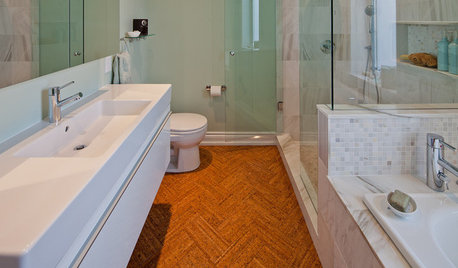
FLOORSWill Cork Float for Your Bathroom Floor?
Get the facts on advantages, disadvantages, costs and installation to see if a cork bathroom floor is right for you
Full Story
VACATION HOMESHouzz Tour: Shipshape Cabins Float Between the Woods and the Coast
A Massachusetts vacation property takes its cues from the trees, marshes, meadow, ocean and farm buildings all around it
Full Story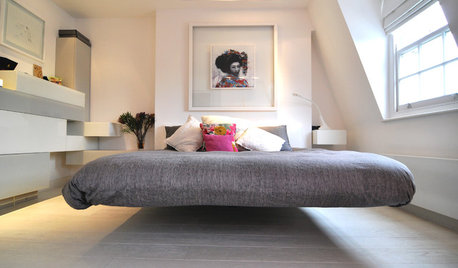
BEDROOMSThe Floating Bed: Sleeping on Air
Remake your bedroom with the minimalist look of a bed that seems to float off the floor
Full Story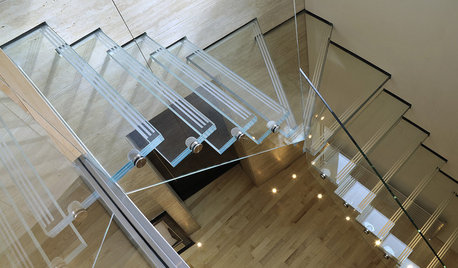

REMODELING GUIDESWhen to Use Engineered Wood Floors
See why an engineered wood floor could be your best choice (and no one will know but you)
Full Story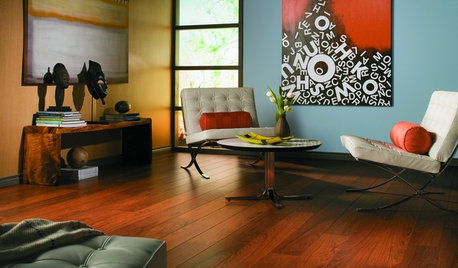
REMODELING GUIDESLaminate Floors: Get the Look of Wood (and More) for Less
See what goes into laminate flooring and why you just might want to choose it
Full Story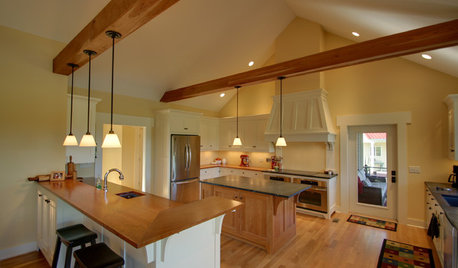
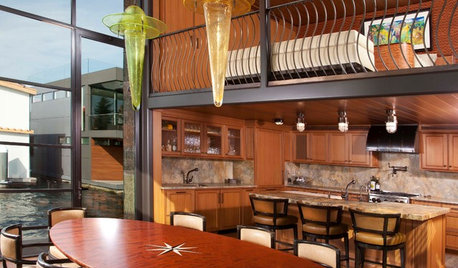
CONTEMPORARY HOMESHouzz Tour: A Bark-Covered Floating Getaway on Lake Union
If the unusual siding doesn’t clue you in to the fine craftsmanship in this floating home, the handmade handrails, lights and furniture will
Full Story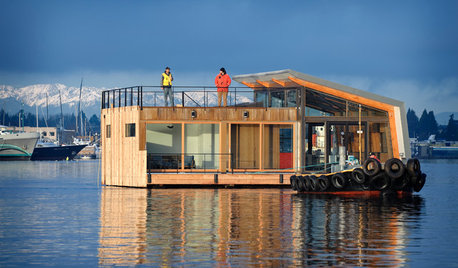
HOUZZ TOURSHouzz Tour: Big Bay Views Buoy a Seattle Floating Home
Two glass sides bring spectacular scenes into this newly industrial modern home on the water
Full Story
CONTEMPORARY HOMESHouzz Tour: Curves Ahoy! See a Unique Floating Home
It appeared on ‘Portlandia,’ but it doesn’t take a camera crew to see how special this home on a river is
Full Story





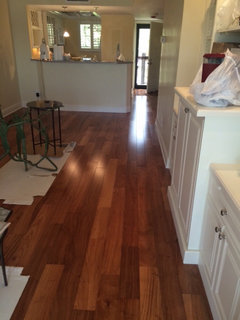
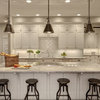
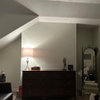
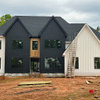
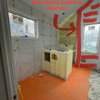
Cancork Floor Inc.